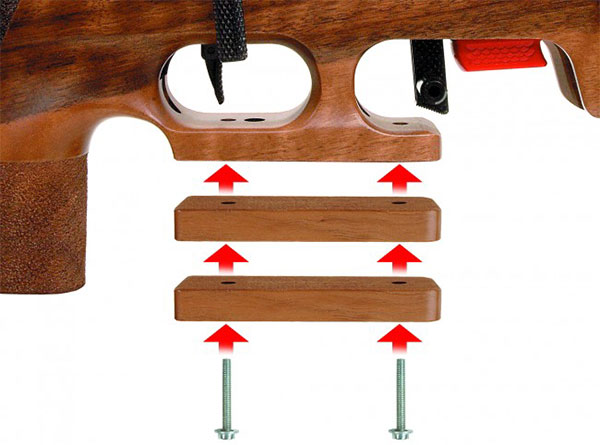Olympics Insight — Anatomy of a Modern Biathlon Rifle
 If you’ve been following the Winter Olympics in Sochi, no doubt you’ve been watching Biathlon events. This combination of Nordic-style skiing and precision shooting is hugely popular in Europe. Biathlon requires great physical fitness levels, superior marksmanship skills, and of course, a very accurate .22 LR rifle.
If you’ve been following the Winter Olympics in Sochi, no doubt you’ve been watching Biathlon events. This combination of Nordic-style skiing and precision shooting is hugely popular in Europe. Biathlon requires great physical fitness levels, superior marksmanship skills, and of course, a very accurate .22 LR rifle.
This video shows biathletes at previous winter Olympics. Note how the straight-pull actions allow competitors to shoot rapidly without breaking their position (at the 1:00″ mark, the shooter takes five shots in ten seconds). Target racks are located 50m from the firing line. The targets, which flip from black to white when hit, are 45mm (1.8″) in diameter for prone, and 115mm (4.5″) in diameter for standing.
Watch Olympic Biathlon Competition (Archive Footage)

Biathlon rifles are sophisticated. The top competitors use rigs with slick, straight-pull actions, integrated magazine carriers, and ergonomic stock designs that work well for both prone and standing positions. The advanced slings use “bungee cords” to allow rapid deployment from on-the-back carry position (while skiing) to the shooting position.

One of the most popular Biathlon rifles is the Anschütz model 1827F Fortner. This features a straight-pull action with a two-stage trigger typically adjusted to 550 grams (19 ounces). The sprint version of the model 1827F weighs just 3.7 kg (8.16 pounds). Remarkably, even the magazines are optimized for “high-speed, low-drag” performance: “Shortened 5-shot magazines were laterally incorporated into the stock to reduce the surface on which the wind can act. Non-slip magazine bottoms make the handling of the loading process easier. An additional magazine release lever on the side makes an even faster exchange of the magazines possible.” (Anschütz brochure).





Credit Chris Cheng, Top Shot Season 4 Champion, for finding these photos of the model 1827F Fortner on the Anschütz website.












 AccurateShooter.com’s
AccurateShooter.com’s 






